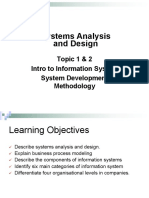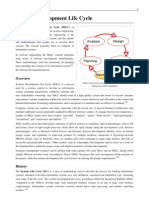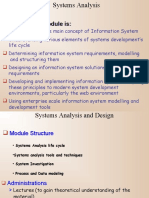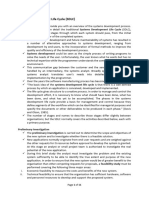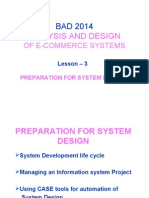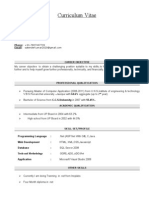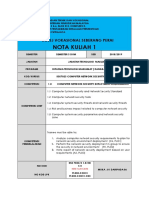0% found this document useful (0 votes)
15 views38 pagesChap 4 IS LDC
The document provides an introduction to the systems development life cycle (SDLC), outlining its importance and key phases, including investigation, analysis, design, implementation, and maintenance. It emphasizes the need for a structured approach to system development to mitigate risks and ensure project success. Additionally, it discusses various SDLC methodologies and best practices for effective information system development.
Uploaded by
nmdjabriCopyright
© © All Rights Reserved
We take content rights seriously. If you suspect this is your content, claim it here.
Available Formats
Download as PDF, TXT or read online on Scribd
0% found this document useful (0 votes)
15 views38 pagesChap 4 IS LDC
The document provides an introduction to the systems development life cycle (SDLC), outlining its importance and key phases, including investigation, analysis, design, implementation, and maintenance. It emphasizes the need for a structured approach to system development to mitigate risks and ensure project success. Additionally, it discusses various SDLC methodologies and best practices for effective information system development.
Uploaded by
nmdjabriCopyright
© © All Rights Reserved
We take content rights seriously. If you suspect this is your content, claim it here.
Available Formats
Download as PDF, TXT or read online on Scribd
/ 38























